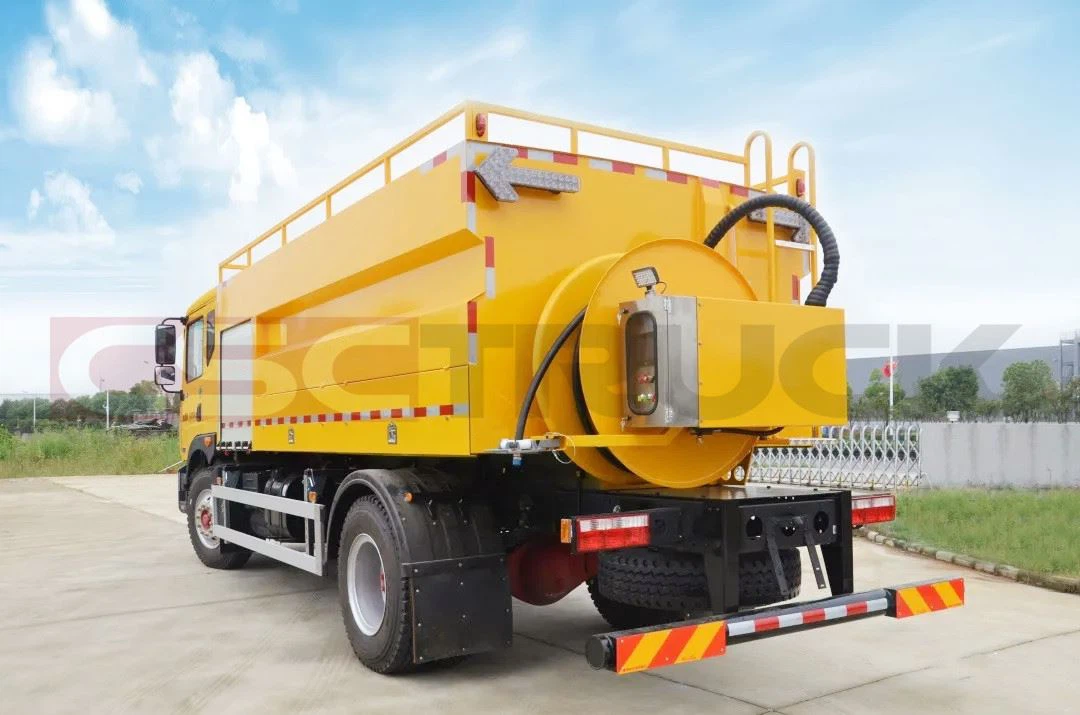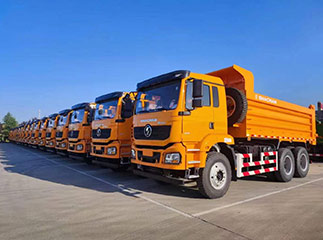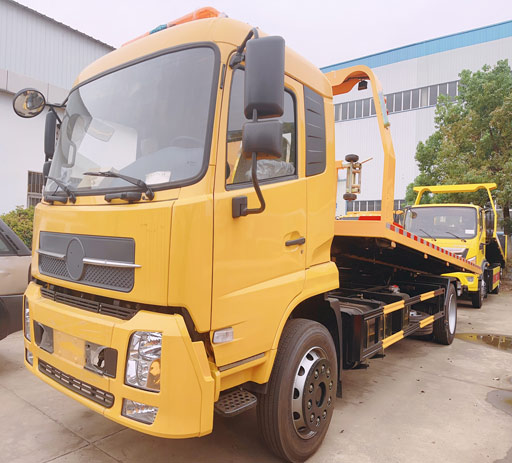Understanding Gallons in a Tanker Truck: Everything You Need to Know

Introduction
When it comes to transportation and logistics, understanding the capacity of tanker trucks is crucial. Whether you’re in the oil, chemical, food, or beverage industry, knowing how many gallons a tanker truck can carry can significantly impact your business operations, pricing, and planning. This article will delve deep into the various aspects of tanker trucks, focusing on their gallon capacity, types, uses, and much more. By the end, you’ll have a comprehensive understanding of how gallons in a tanker truck can affect your industry and operations.
1. What is a Tanker Truck?
A tanker truck is a specialized vehicle designed to transport liquids, gases, or dry bulk materials. These trucks come in various shapes and sizes, each optimized for different types of cargo. The defining feature of a tanker truck is its storage tank, which can vary widely in size and configuration, allowing for the transportation of anything from water and fuel to chemicals and food-grade liquids.
1.1 Types of Tanker Trucks
Various types of tanker trucks are available, each suited for specific transport requirements:
- Petroleum Tankers: Designed for transporting fuel and oil products.
- Chemical Tankers: Built to carry dangerous or corrosive chemicals safely.
- Food-Grade Tankers: Used for transporting consumable liquids like milk, juice, and other beverages.
- Water Tankers: Used for transporting water for various purposes including construction and firefighting.
- Pneumatic Tankers: Designed for transporting dry bulk materials like grains and powders.
2. How Many Gallons Do Tanker Trucks Hold?
The capacity of a tanker truck can vary significantly depending on the type and design of the truck. Most commercial tanker trucks typically range from 1,000 to 11,000 gallons. Here is a breakdown of standard capacities:
| Type of Tanker | Gallons Capacity |
|---|---|
| Small Tanker (e.g., Water Truck) | 1,000 – 3,500 gallons |
| Mid-Sized Tanker (e.g., Fuel Truck) | 3,500 – 8,000 gallons |
| Large Tanker (e.g., Chemical Truck) | 8,000 – 11,000 gallons |
3. Factors Influencing Gallons in a Tanker Truck
Several factors can affect the gallon capacity of a tanker truck:
3.1 Truck Size
The overall dimensions of a tanker truck play a vital role in determining its capacity. Larger trucks can accommodate more gallons, while smaller models are more limited.
3.2 Design and Shape
The design of the tank itself—whether it is cylindrical, oval, or rectangular—will affect how many gallons of liquid it can hold. Tankers designed for road safety will often have a rounded shape, which is more stable during transport.
3.3 Regulations and Compliance
Different countries and states have various regulations regarding the maximum load a tanker truck can carry. These rules must be adhered to for safety reasons.
4. Common Uses of Tanker Trucks

Tanker trucks are utilized across various industries. Here’s a closer look at how they function in different sectors:
4.1 Oil and Gas Industry
Tanker trucks play a critical role in transporting crude oil, gasoline, diesel, and other petroleum products from refineries to distribution centers. Their large capacity allows for efficient fuel distribution.
4.2 Food and Beverage Industry
Food-grade tanker trucks are vital for transporting liquids such as milk, juice, and wine. These trucks are designed to meet health and safety standards to prevent contamination.
4.3 Chemical and Hazardous Material Transport
Chemical tankers are equipped with necessary safety features to handle corrosive substances, ensuring the protection of drivers and the environment.
4.4 Water Transport
Tanker trucks can also be used for transporting potable water, particularly in areas with limited water supply or during droughts.
5. Gallons in a Tanker Truck and Cost Considerations
The number of gallons a tanker truck can hold directly impacts transportation costs. Here are some economic aspects to consider:
5.1 Cost per Gallon
The greater the capacity of a tanker truck, the smaller the cost per gallon of transport typically becomes. This is due to economies of scale, where fixed costs are spread over larger volumes.
5.2 Fuel Efficiency
A fully loaded tanker truck is often more fuel-efficient than making multiple trips with smaller loads. However, the weight of the cargo must be balanced with fuel consumption.
6. Safety Regulations for Tanker Trucks
Transporting liquids, especially hazardous materials, requires compliance with strict safety regulations. Here are key areas of concern:
6.1 DOT Regulations
In the United States, the Department of Transportation (DOT) sets forth regulations that govern the safe transportation of hazardous materials, including necessary training for drivers and vehicle specifications.
6.2 Emergency Response
Preparing for potential spills or accidents is essential. Tanker trucks must carry emergency gear and equipment to handle liquid spills and hazardous material incidents.
6.3 Maintenance Checks
Regular maintenance and inspection of tanker trucks are vital to ensure safety. Trucks must undergo routine checks to identify and repair any potential issues before embarking on a journey.
7. Practical Examples and Tips for Managing Tanker Truck Transport
Effective management of tanker truck operations is crucial. Here are practical tips to help you streamline processes:
7.1 Optimize Routes
Utilizing route optimization software can significantly reduce travel time and operational costs, leading to better fuel efficiency and fewer driver hours.
7.2 Regular Training for Drivers
Invest in regular training programs for drivers to ensure they are aware of safety protocols and best practices for operating tanker trucks.

7.3 Monitor Load Management
Using load monitoring systems can help operators keep track of the amount of liquid transported, contributing to better inventory management.
8. Common Misconceptions About Tanker Trucks
There are several myths surrounding tanker trucks. Here are some truths to clarify common misconceptions:
8.1 Myth: All Tanker Trucks Are the Same Size
Fact: Tanker trucks come in various sizes tailored for specific cargo types and industry needs.
8.2 Myth: Tanker Trucks Are Always Dangerous
Fact: While tanker trucks carry hazardous materials, adherence to safety regulations and training can significantly minimize risks.
9. Future Trends in Tanker Truck Innovations
As technology evolves, tanker trucks are also becoming more sophisticated. Some emerging trends include:
9.1 Smart Tanker Technologies
Integration of IoT and real-time tracking capabilities enables fleet managers to monitor tanker loads and routes, improving efficiency.
9.2 Eco-Friendly Alternatives
Developments in electric and alternative fuel technology are being researched to create greener tanker trucks, reducing carbon footprints.
9.3 Automation and Drones
The future may see the introduction of automated driving technologies for tanker trucks and the use of drones for monitoring loads and routes.
FAQ Section

1. How many gallons does a typical tanker truck carry?
Most tanker trucks have capacities ranging from 1,000 to 11,000 gallons, depending on the type of truck and its intended use.
2. What are the safety regulations for tanker trucks?
Safety regulations for tanker trucks include DOT requirements, regular inspections, and driver training focused on safely transporting hazardous materials.
3. Why is it important to know the gallons in a tanker truck?
Knowing the gallons in a tanker truck is crucial for logistics management, cost analysis, and efficient route planning.
4. Are all tanker trucks suited for transporting hazardous materials?
No, not all tanker trucks are designed for hazardous materials. Specialized chemical tankers are built to meet safety and compliance standards for such substances.
5. How can I manage tanker truck logistics efficiently?
Optimizing routes, investing in driver training, and using load management systems can significantly enhance the efficiency of tanker truck logistics.
6. What are the trends for the future of tanker trucks?
Future trends include the integration of smart technologies, eco-friendly fuel alternatives, and advancements in automation, which can revolutionize the trucking industry.
